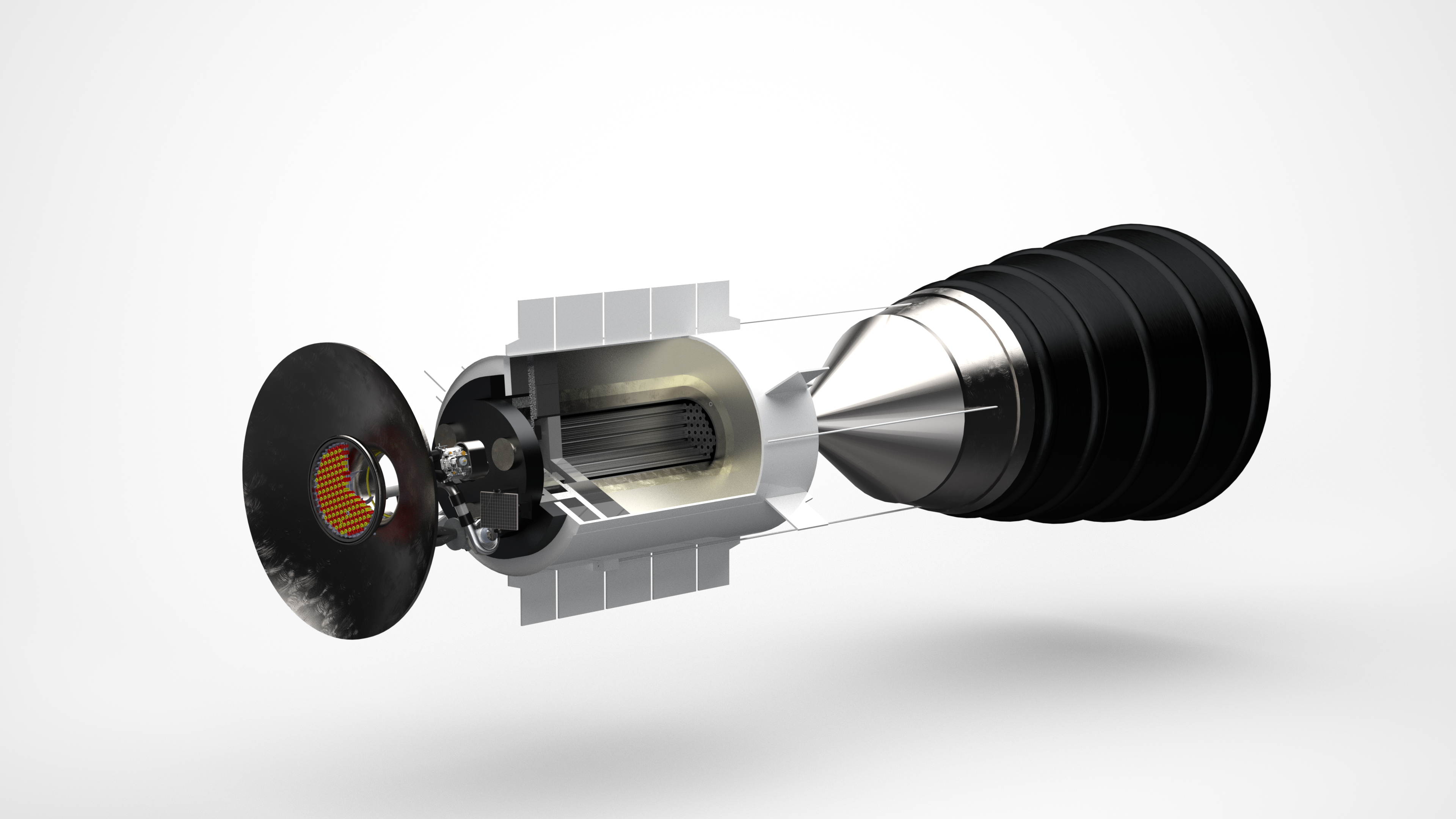A new thermonuclear engine concept to boost Europe’s space race
The Tekniker technology centre is currently investigating how thermonuclear propulsion can be applied to exploring the solar system.

Thanks to their higher levels of efficiency, nuclear-based propulsion systems offer a promising alternative to other technologies currently in use when addressing challenges associated with the space race. As the amount of knowledge related to these new technologies is still limited, scientific and technological research is required to guarantee the safety of solutions of this kind when used on space rocket engines.
It is within this context that the Tekniker technology centre, a member of the Basque Research and Technology Alliance (BRTA), is currently looking into the advantages of using nuclear thermal propulsion for engines instead of conventional systems to demonstrate their potential profitability.
Borja Pozo, a researcher and head of the space sector unit at Tekniker, explains that “the state of the art is very limited or, in some instances, totally confidential as we are dealing with what is a completely new technology. It has been highly challenging to obtain all the information that was required for this process. The same applies to fully understanding technological concepts, the techniques to be applied, the operating environment and the need to develop thermonuclear propulsion systems that are suitable for space exploration missions”.
During the International Space Propulsion 2024 conference, researchers from the technology centre will present their first results.
More specifically, they will explain how the reactor’s engine was designed to maximise efficiency and ensure operational safety. Details will also be given with regard to the materials used and the systems and technologies required to develop a rocket equipped with thermonuclear propulsion; test benches to be used in the future will be explained to be followed by an analysis of how manned missions to Mars could be carried out with regard to calculating trajectories and corrective manoeuvres.
All research actions carried out by Tekniker associated with thermonuclear propulsion technology come under the framework of the HIPERION II project funded by the Basque Government and whose main goal consists in generating knowledge and capabilities for new space technologies and future planetary missions. This initiative is the end result of the technological developments carried out under project HIPERION in which Tekniker has been involved.
Tekniker’s initiative focused on Nuclear Thermal Propulsion (NTP). In practical terms, the approach uses fission reaction to heat and accelerate a coolant (liquid hydrogen) at high speed.
Pozo explains that “compared to chemical reactions, the main advantage is that no oxidants are required for the heating process. Consequently, thrust efficiency is increased as less dense exhaust fumes are produced. In the case of a 10-tonne thrust engine, for example, it has been estimated that efficiency could be 2 or 3 times higher than when chemical cryogenic propulsion systems are used”.
This system, moreover, significantly cuts back the duration of flights to Mars from 7-8 months to only three. Consequently, and due to the fact that crew members will be exposed to less cosmic radiation, trips will be safer. Costs associated with interplanetary trips will also be reduced.
Finally, Tekniker is drafting an action plan to develop a five-stage thermonuclear propulsion system featuring the following elements: nuclear and non-nuclear systems/components: a more mature technology; the development of components at a subscale and the execution of non-nuclear trials; development work related to the engine itself, integration and full-scale testing as well the production and assemblage of flight engines for future orbiting rockets and other associated stage systems.
